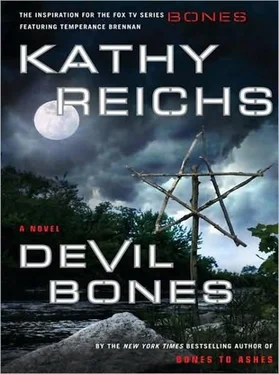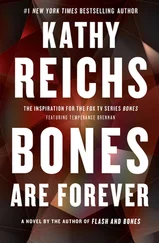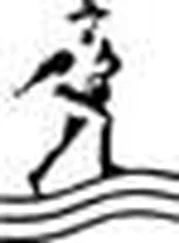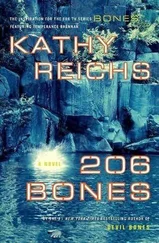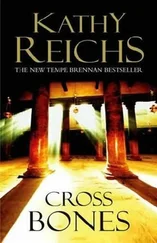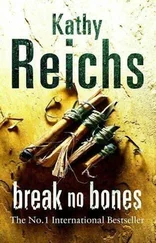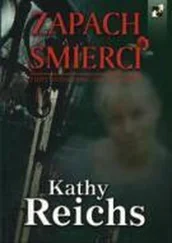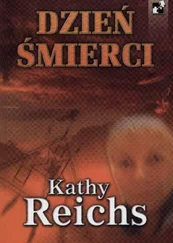
Book 11 in the Temperance Brennan series
Dedicated to
Police Officer Sean Clark
November 22, 1972-April 1, 2007
and
Police Officer Jeff Shelton
September 9, 1971-April 1, 2007
And to all who have died protecting the citizens of
Charlotte-Mecklenburg, North Carolina
Sergeant Anthony Scott Futrell July 17, 2002
Police Officer John Thomas Burnette October 5, 1993
Police Officer Anthony A. Nobles October 5, 1993
Patrol Officer Eugene A. Griffin November 22, 1991
Police Officer Milus Terry Lyles August 6, 1990
Police Officer Robert Louis Smith January 15, 1987
Patrol Officer Timothy Wayne Whittington July 16, 1985
Patrol Officer Ernest Coleman July 1, 1982
Patrol Officer Edmond N. Cannon November 23, 1981
Officer Ronnie E. McGraw October 18, 1970
Sergeant Lewis Edward Robinson, Sr. May 4, 1970
Police Officer Johnny Reed Annas May 21, 1960
Detective Charlie Herbert Baker April 12, 1941
Officer Rufus L. Biggers February 12, 1937
Officer Charles P. Nichols April 17, 1936
Patrol Officer Benjamin H. Frye June 9, 1930
Detective Thomas H. Jenkins October 21, 1929
Officer William Rogers August 30, 1929
Detective Harvey Edgar Correll January 22, 1929
Patrol Officer Robert M. Reid January 1, 1927
Rural Police Officer John Franklin Fesperman February 16, 1924
Officer John Robert Estridge March 29, 1913
Rural Police Officer Sampson E. Cole January 1, 1905
Officer James H. Brown August 2, 1904
Patrol Officer James Moran April 4, 1892
MY NAME IS TEMPERANCE DEASSEE BRENNAN. I’M FIVE-FIVE, feisty, and forty-plus. Multidegreed. Overworked. Underpaid.
Dying.
Slashing lines through that bit of literary inspiration, I penned another opening.
I’m a forensic anthropologist. I know death. Now it stalks me. This is my story.
Merciful God. Jack Webb and Dragnet reincarnate.
More slashes.
I glanced at the clock. Two thirty-five.
Abandoning the incipient autobiography, I began to doodle. Circles inside circles. The clock face. The conference room. The UNCC campus. Charlotte. North Carolina. North America. Earth. The Milky Way.
Around me, my colleagues argued minutiae with all the passion of religious zealots. The current debate concerned wording within a subsection of the departmental self-study. The room was stifling, the topic poke-me-in-the-eye dull. We’d been in session for over two hours, and time was not flying.
I added spiral arms to the outermost of my concentric circles. Began filling spaces with dots. Four hundred billion stars in the galaxy. I wished I could put my chair into hyperdrive to any one of them.
Anthropology is a broad discipline, comprised of linked subspecialties. Physical. Cultural. Archaeological. Linguistic. Our department has the full quartet. Members of each group were feeling a need to have their say.
George Petrella is a linguist who researches myth as a narrative of individual and collective identity. Occasionally he says something I understand.
At the moment, Petrella was objecting to the wording “reducible to” four distinct fields. He was proposing substitution of the phrase “divisible into.”
Cheresa Bickham, a Southwestern archaeologist, and Jennifer Roberts, a specialist in cross-cultural belief systems, were holding firm for “reducible to.”
Tiring of my galactic pointillism, and not able to reduce or divide my ennui into any matters of interest, I switched to calligraphy.
Temperance. The trait of avoiding excess.
Double order, please. Side of restraint. Hold the ego.
Time check.
Two fifty-eight.
The verbiage flowed on.
At 3:10 a vote was taken. “Divisible into” carried the day.
Evander Doe, department chair for over a decade, was presiding. Though roughly my age, Doe looks like someone out of a Grant Wood painting. Bald. Owlish wire-rims. Pachyderm ears.
Most who know Doe consider him dour. Not me. I’ve seen the man smile at least two or three times.
Having put “divisible into” behind him, Doe proceeded to the next burning issue. I halted my swirly lettering to listen.
Should the department’s mission statement stress historical ties to the humanities and critical theory, or should it emphasize the emerging role of the natural sciences and empirical observation?
My aborted autobiography had been smack on. I would die of boredom before this meeting adjourned.
Sudden mental image. The infamous sensory deprivation experiments of the 1950s. I pictured volunteers wearing opaque goggles and padded hand muffs, lying on cots in white-noise chambers.
I listed their symptoms and compared them to my present state.
Anxiety. Depression. Antisocial behavior. Hallucination.
I crossed out the fourth item. Though stressed and irritable, I wasn’t hallucinating. Yet. Not that I’d mind. A vivid vision would have provided diversion.
Don’t get me wrong. I’ve not grown cynical about teaching. I love being a professor. I regret that my interaction with students seems more limited each year.
Why so little classroom time? Back to the subdiscipline thing.
Ever try to see just a doctor? Forget it. Cardiologist. Dermatologist. Endocrinologist. Gastroenterologist. It’s a specialized world. My field is no different.
Anthropology: the study of the human organism. Physical anthropology: the study of the biology, variability, and evolution of the human organism. Osteology: the study of the bones of the human organism. Forensic anthropology: the study of the bones of the human organism for legal purposes.
Follow the diverging branches, and there I am. Though my training was in bioarchaeology, and I started my career excavating and analyzing ancient remains, I shifted into forensics years ago. Crossed to the dark side, my grad school buddies still tease. Drawn by fame and fortune. Yeah, right. Well, maybe some notoriety, but certainly no fortune.
Forensic anthropologists work with the recently dead. We’re employed by law enforcement agencies, coroners, medical examiners, prosecutors, defense attorneys, the military, human rights groups, and mass-disaster recovery teams. Drawing on our knowledge of biomechanics, genetics, and skeletal anatomy, we address questions of identification, cause of death, postmortem interval, and postmortem alteration of the corpse. We examine the burned, decomposed, mummified, mutilated, dismembered, and skeletal. Often, by the time we see remains, they’re too compromised for an autopsy to yield data of value.
As an employee of the state of North Carolina, I’m under contract to both UNC-Charlotte, and to the Office of the Chief Medical Examiner, which has facilities in Charlotte and Chapel Hill. In addition, I consult for the Laboratoire de sciences judiciaires et de médecine légale in Montreal.
North Carolina and Quebec? Extraordinaire. More on that later.
Because of my cross-border treks and my dual responsibilities within North Carolina, I teach only one course at UNCC, an upper-level seminar in forensic anthropology. This was my biannual semester in the classroom.
And the conference room.
I look forward to the teaching. It’s the interminable meetings that I detest. And the faculty politics.
Someone moved that the mission statement be returned to committee for further study. Hands rose, mine among them. As far as I was concerned, the thing could be sent to Zimbabwe for permanent interment.
Читать дальше
